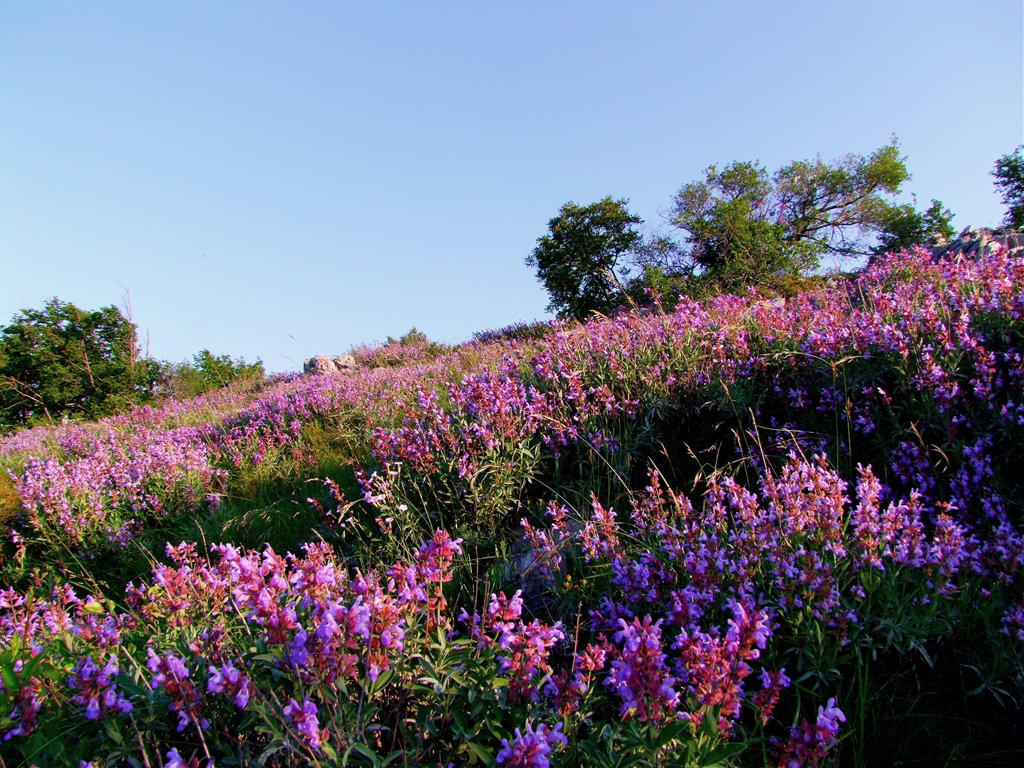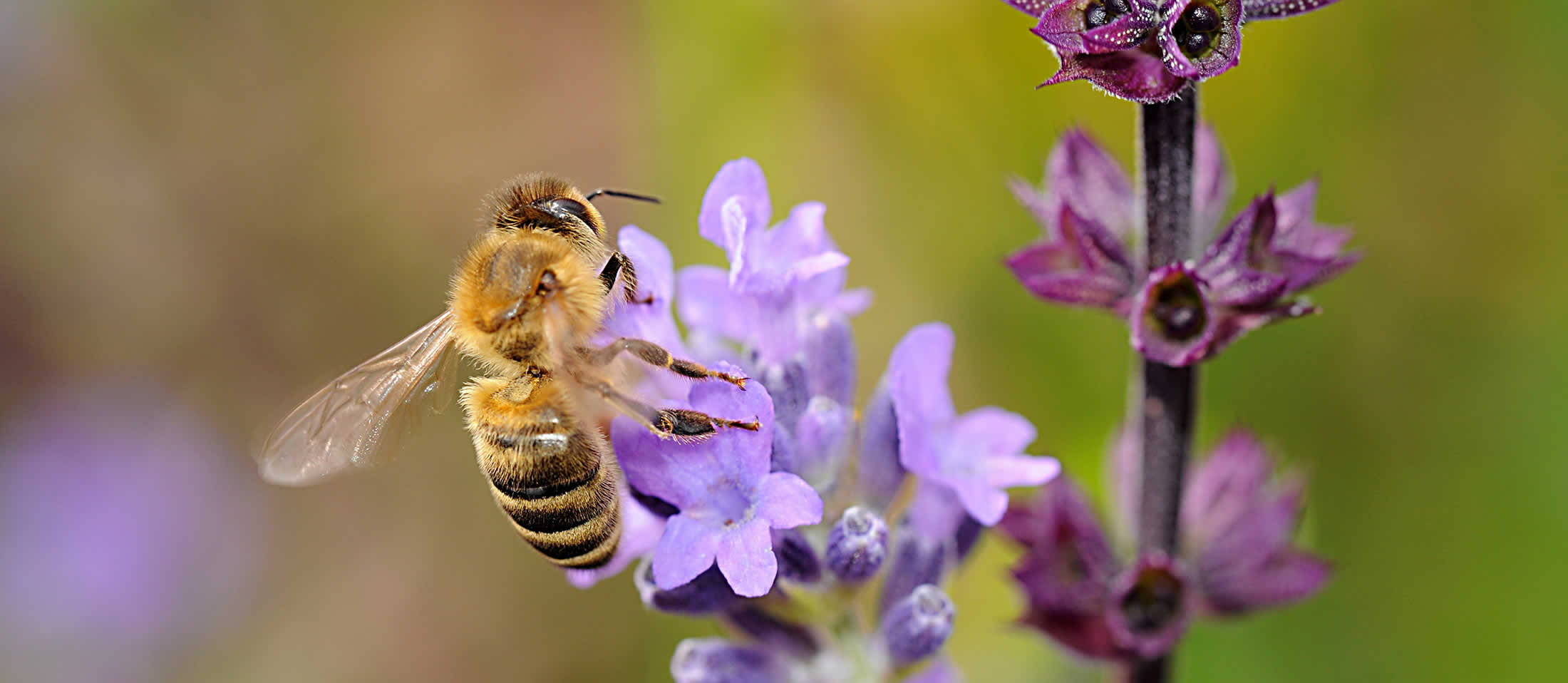Sage – saint, healing herb
Sage also called garden sage or culinary sage or Salvia officinalis in Latin. This name was derived from the word „salveo“, which means „saving“ or „healing“. The Greeks used it to treat ulcers, tuberculosis and snake bites. The Romans believed it was a holy herb which was being collected for the ceremonies. For collecting of this herb they used special knifes that were not made of iron because the sage reacts in contact with iron salts. The sage collector had to wear clean clothes and have clean feet and make a sacrifice in food before the beginning of the ceremony. The sage was considered to be good for the brain, mind and memory. It was also good as the mouthwash and gargling, and it was used as toothpaste. The Chinese also highly appreciate this herb. According to the stories, in the 17th century the Chinese were willing to trade three baskets of Chinese tea for one basket of sage.
Types of sage
Salvia lavandulifolia – narrow-leaf sage. Resistant, evergreen perennial plant. It grows to approximately 45 cm tall and wide. In summer it has attractive blue florets and the leaves are small, narrow and egg-shaped and often very aromatic. This is a great sage for cooking because it is rich in flavour. It is also good for tea.
Salvia officinalis – medicinal sage, also known as the common sage or garden sage. It grows wild only along the eastern Adriatic coast. This is a perennial, evergreen, resistant plant. It grows to 60 cm tall and wide. Lavender flowers are blue or mauve in summer and the leaves are green, rough, oblong or egg-shaped, very aromatic. This is the best known sage in the culinary.
Salvia officinalis „Icterina“ – golden sage. Resistant, evergreen, perennial plant. Height 45 cm, width 75cm. It flowers very rarely in the cold climates. Its flowers are usually blue or mauve. The leaves are colourful, green and gold, rough, small and egg-shaped as well as aromatic. It has mild aroma but it is equally good for cooking.
Growing in the garden
Sage is primarily a Mediterranean plant. It is sufficiently resistant to withstand the usual winter without any protection as long as the soil is well drained and not acidic and the habitat as dry and warm as possible. It should be planted on the open space only after the frosts. It should be planted at a distance of approximately 23 cm from each other. During the first winter the young plants should be covered with horticultural fleece. If you want your plants to look bushy prune them in the spring to stimulate saplings and stronger aroma and also after the flowering in late summer. Never prune them in fall because that could kill them. Since the sage can easily become woody replace the plants every 4-5 years. If you grow it in pots use the mixture of composted bark, peat and gravel for all sorts and do not water it too much.
Gusto interesting fact: if you plant the sage together with cabbage it allegedly repels the cabbage white butterflies. It is generally helpful if you plant it with vines.
In culinary
This powerful medicinal herb is also a culinary herb although it was used and estimated incorrectly. If you use it economically it gives a lovely flavour, helps the digestion of fatty food and it is recommended when cooking meat since it is antiseptic. For a long time it has been used for sausages due to its preservative properties. It is excellent for herbal jelly, or oil and vinegar. However, the best would be to use it fresh. It is good for soups and with vegetables, pasta and meat.

